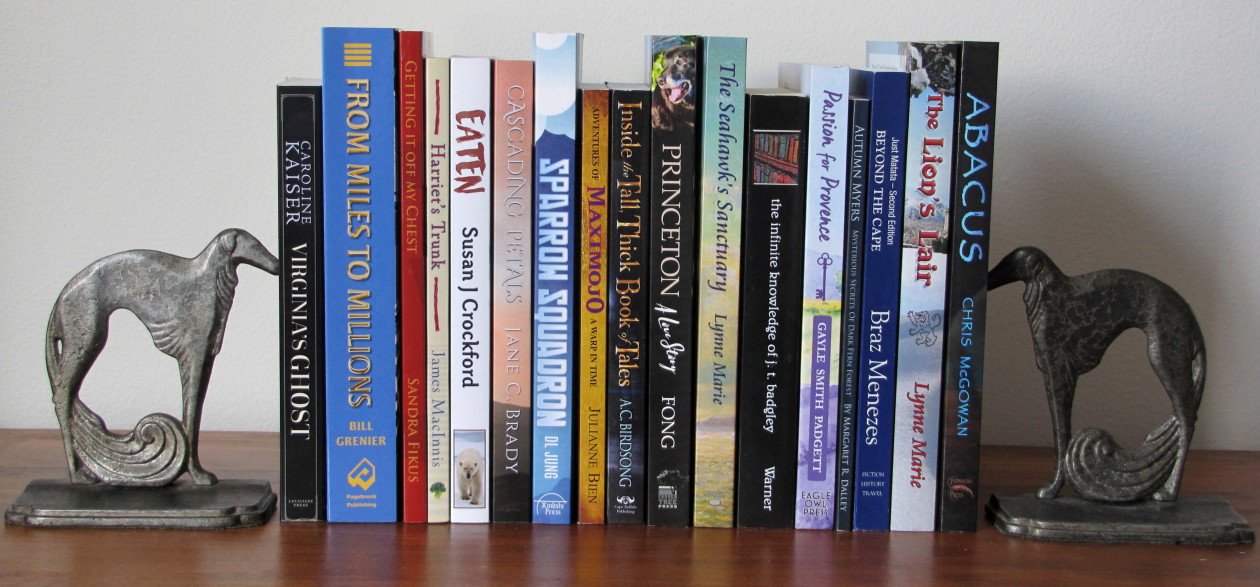Homophone duos and trios are notorious for creating confusion–witness there, their, and they’re, for example. People sometimes aren’t sure when to use which word, and unfortunate usage misdemeanours ensue, such as “Their going to have to learn to use there homophones properly.” Lately, I have noticed problems with using the duo palate and palette correctly.
Misuse of this pair is rampant in restaurant reviews, advertising, and websites. Palette is typically used when palate is meant. I found the most compellingly awful example of this misuse on a restaurant website that declared that they offered an “ecclectic [sic] menu to suit any pallette [sic].” What made this example particularly bad was that palette was misspelled and should have been palate anyway. (And the extra c in eclectic was a nice touch.) The error pile-up in this example takes it from the level of a misdemeanour to that of a crime.
In an effort to rid food writing of palate versus palette errors, I’ll do my best to eradicate the confusion. First, let’s consider palate. Anatomically speaking, your palate is the roof of your mouth, that structure, both hard and soft, that separates your oral cavity from your nasal cavity. Your palate is also your sense of taste, and the idea of taste extends from your taste buds to notions of aesthetic taste and appreciation in general. So it would be quite correct to say that “the exquisite wine satisfied Cynthia’s discriminating palate,” but you could also say that “the raucous sounds offended Ariel’s palate.” However, the word seems most often used in connection to the gustatory sense.
Then there’s palette. It is used to refer to an oval or oblong board with a thumb hole upon which an artist mixes paint, but it also refers to the colours that are arrayed on such a board. So an artist could be said to use “a rainbow palette of colours covering the entire spectrum.” Famous artists are said to have particular palettes, or characteristic ranges of colour, in their work. Palette needn’t be restricted to paint, of course, as fashion designers, interior decorators, and graphic designers using computers also have their colour palettes.
The definition of palette can also extend beyond visual art to describe a whole range of materials or techniques in other realms. For example, you could say that “the symphony consisted of a rich palette of evocative tones” or “the chef used a dazzling palette of exotic spices to season the stew.” The latter type of example could explain the current palate versus palette confusion, as the sense of taste is involved here.
I should note that there’s a third homophone, pallet, which most often refers to either a straw bed (from the old French word for straw, paille) or a wooden frame or skid upon which you’d stack goods in a warehouse. I found at least six other definitions for pallet as well, including a potter’s tool. And at least one source I consulted stated that you could use pallet when referring to a painter’s palette. But because pallet seems rarely confused with either palate or palette, I haven’t made it my focus here.
Sometimes when I read about usage, my head starts to swim when I uncover all the assorted meanings and subtle nuances of words. As I don’t want to leave you feeling similarly dazed, here’s a good rule of thumb for using palate versus palette: remember that palate contains the word ate and is most often used in connection to the taste buds. So unless you’re describing a palette of flavours, aromas, or colours, you’re most often going to be using palate if you’re writing about food. I hope you’ll find this rule of thumb more than–ahem–palatable.

 Follow
Follow